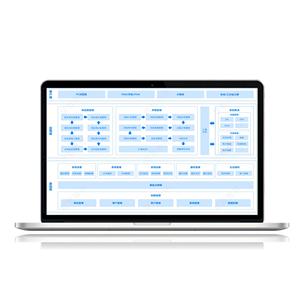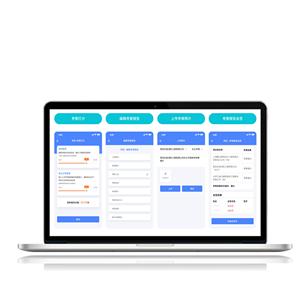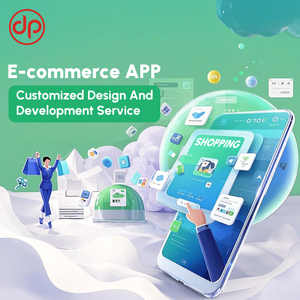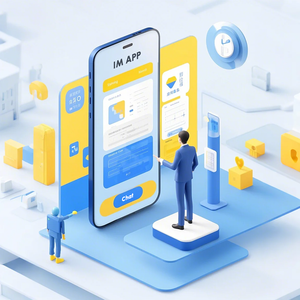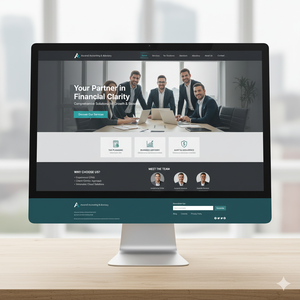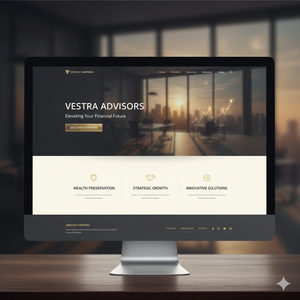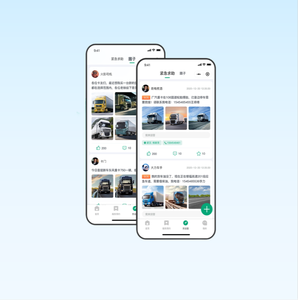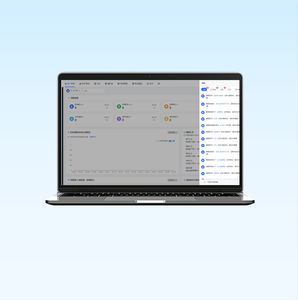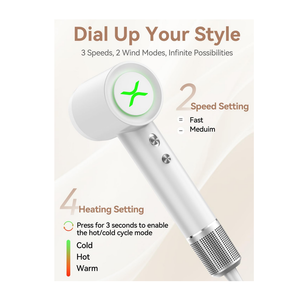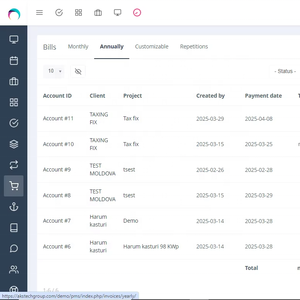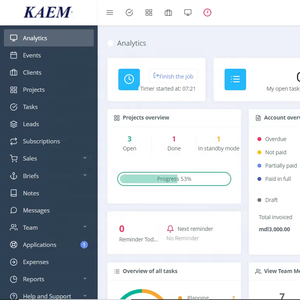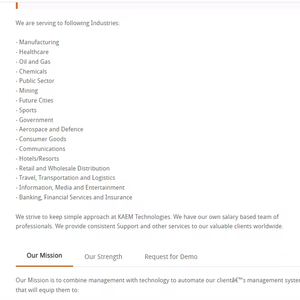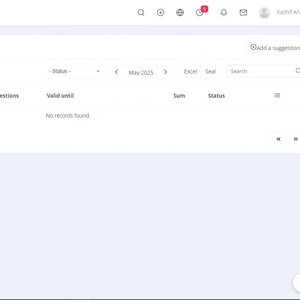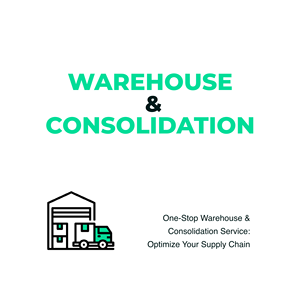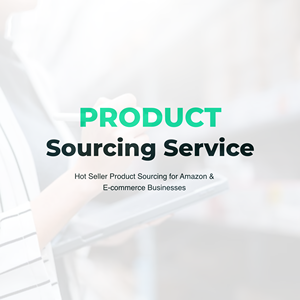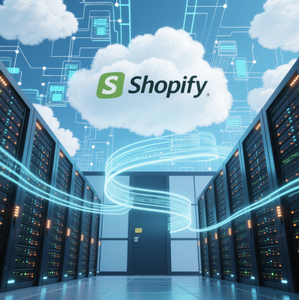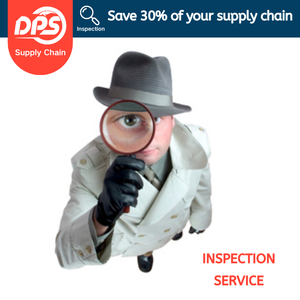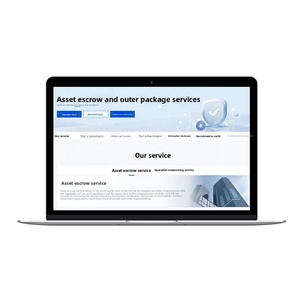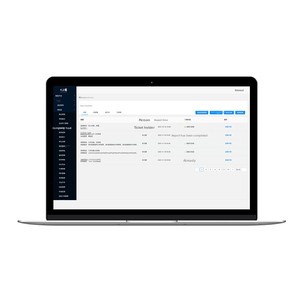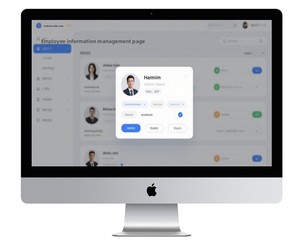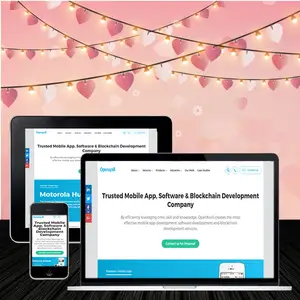Supplier Relationship Management Examples

 CN
CN




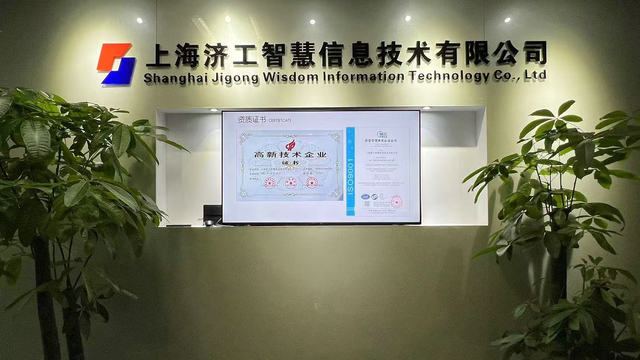

 1/2
1/2

 CN
CN





 1/3
1/3





 1/25
1/25









 1/3
1/3


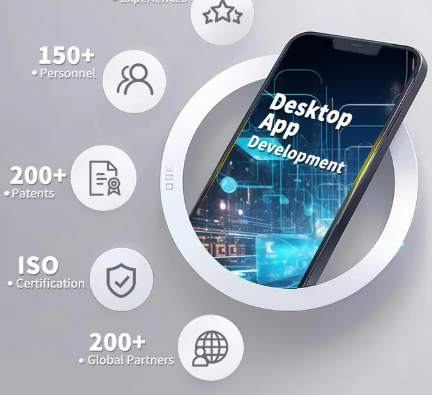

 1/3
1/3



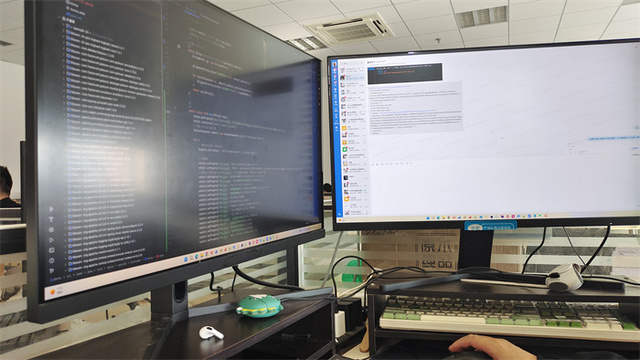

 1/6
1/6







 1/1
1/1

 CN
CN





 1/3
1/3


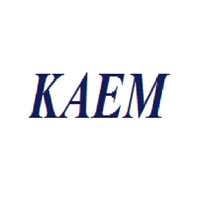

 1/3
1/3

 CN
CN





 1/3
1/3




 1/3
1/3




 1/3
1/3




 1/6
1/6


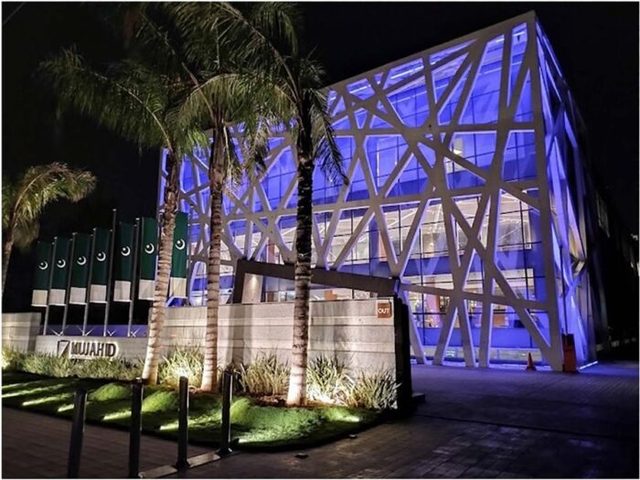

 1/3
1/3


 0
0


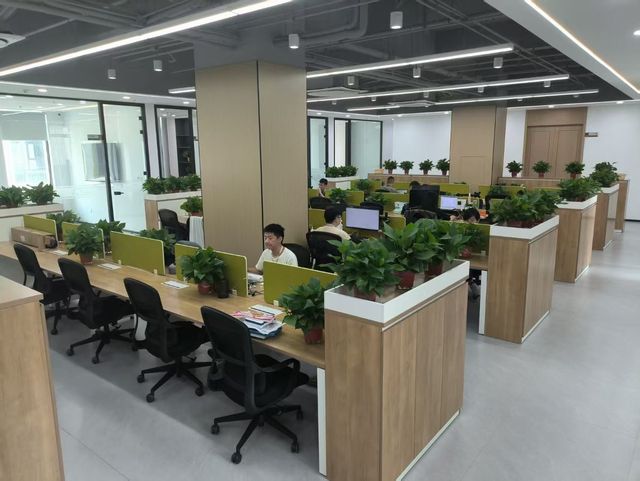

 1/2
1/2


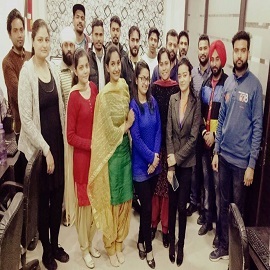

 1/3
1/3



 1/3
1/3


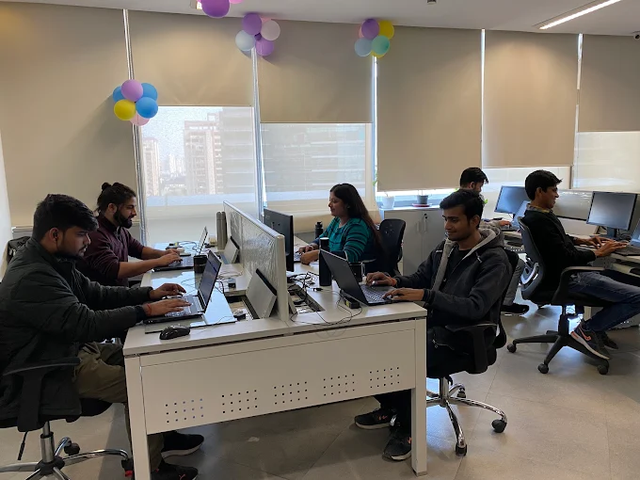

 1/3
1/3
About supplier relationship management examples
Where to Find Supplier Relationship Management Solution Providers?
China has emerged as a key hub for digital supply chain and supplier relationship management (SRM) solutions, with concentrated expertise in Shanghai, Hangzhou, and Shenzhen. These regions host specialized technology firms offering end-to-end SRM software development, integration with procurement systems, and custom design services tailored to enterprise workflows. Shanghai leads in enterprise software architecture, leveraging its strong IT infrastructure and proximity to multinational headquarters. Hangzhou excels in sourcing-integrated platforms, combining SRM functionality with supplier discovery and quality verification tools. Shenzhen contributes advanced capabilities in AI-driven analytics and mobile application development for real-time supplier monitoring.
The industrial clusters support rapid deployment through vertically integrated tech stacks—encompassing cloud infrastructure, UI/UX design, backend development, and API integrations—with most providers operating within agile development cycles. Clients benefit from ecosystems where full-stack developers, project managers, and domain specialists collaborate in close geographic proximity, enabling faster iteration. Key advantages include reduced development lead times (typically 4–8 weeks for MVP delivery), cost efficiency (20–40% lower than Western development firms), and scalability for both standalone SRM modules and enterprise-wide implementations.
How to Choose Supplier Relationship Management Service Providers?
Prioritize these evaluation criteria when selecting partners:
Technical Expertise & Compliance
Verify experience in developing SRM-specific functionalities such as supplier onboarding portals, performance scoring dashboards, risk assessment modules, and contract lifecycle tracking. Look for adherence to data security standards (e.g., GDPR, ISO 27001) and integration compatibility with ERP systems like SAP or Oracle. Request documented case studies demonstrating successful deployment of supplier evaluation algorithms or automated compliance checks.
Development Capacity Assessment
Evaluate operational scale and technical resources:
- Minimum team size of 15+ developers with proven SRM or procurement software experience
- Agile development methodology with bi-weekly sprint reviews and milestone-based delivery
- In-house UI/UX design and QA testing teams to ensure usability and system stability
Cross-reference response time metrics (target ≤5 hours) and on-time delivery rates (target ≥99%) to validate operational reliability.
Transaction and Project Safeguards
Require phased payment structures tied to deliverables, with source code escrow arrangements for long-term maintenance. Analyze transaction history indicators such as reorder rates and online revenue volume to assess client retention. Conduct requirement validation sessions to confirm understanding of key features like supplier risk alerts, audit trail logging, or multi-tier collaboration interfaces before development initiation.
What Are the Leading Supplier Relationship Management Service Providers?
| Company Name | Location | Service Focus | Min. Order Value | Order Unit | On-Time Delivery | Avg. Response | Reorder Rate | Customization Scope |
|---|---|---|---|---|---|---|---|---|
| Shanghai Jigong Intelligent Information Technology Co., Ltd. | Shanghai, CN | SRM Software, Supply Chain Optimization | $1,000 | 1 piece | 100% | ≤9h | - | Full system customization |
| Shanghai Honghuan Network Technology Co., Ltd. | Shanghai, CN | Procurement Apps, CRM Integration | $500 | 1 set | 100% | ≤2h | - | Workflow automation, UI adaptation |
| EGO Sourcing Hangzhou Co., Ltd. | Hangzhou, CN | Sourcing + SRM Integration | $1–$10 | 100 pieces | 99% | ≤4h | 37% | Color, material, logo, packaging, label, graphic |
| Ningbo Angzhen Plastic Products Technology Co., Ltd. | Ningbo, CN | Industrial Design + SRM Support | $30–$300 | 50 pieces | 100% | ≤3h | 30% | Material, rubber drawing, logo, packaging, label, graphic |
| Shenzhen Douples Technology Co., Ltd. | Shenzhen, CN | Enterprise SRM, AI Applications, E-commerce | $30,000 | 1 unit | 100% | ≤5h | - | AI scenario design, full-stack app development |
Performance Analysis
High-end providers like Shenzhen Douples Technology specialize in large-scale, AI-enhanced SRM systems with significant investment thresholds ($30,000+), suitable for enterprises requiring deep integration and predictive analytics. In contrast, Shanghai-based firms offer mid-range solutions with fast turnaround and strong reliability (100% on-time delivery). EGO Sourcing stands out for hybrid physical-digital SRM models, integrating product sourcing with supplier performance tracking, evidenced by a high reorder rate (37%) and extensive customization. Buyers seeking rapid prototyping should prioritize suppliers with sub-5-hour response times, while those requiring enterprise-grade security and scalability must verify architectural documentation and post-deployment support frameworks.
FAQs
How to verify SRM service provider credibility?
Cross-check claimed project experience with reference clients or published case studies. Request access to demo environments or sandbox versions of their SRM platforms. Validate technical certifications related to software development (e.g., CMMI Level 3+) and data protection compliance.
What is the typical SRM development timeline?
Basic SRM systems with core modules (onboarding, evaluation, reporting) take 4–6 weeks. Complex deployments involving AI analytics, third-party integrations, or multi-language support require 8–12 weeks. Expect additional time for user acceptance testing and training.
Can SRM solutions be integrated with existing ERP systems?
Yes, most providers support API-based integration with major ERP platforms including SAP, Oracle, and Microsoft Dynamics. Confirm middleware compatibility and data synchronization protocols during technical scoping.
Do suppliers offer post-implementation support?
Support policies vary. Reputable providers include 3–6 months of bug-fixing and minor updates post-launch. Extended SLAs with 24/7 monitoring and feature upgrades are typically available at negotiated rates.
How to initiate a customization request?
Submit detailed functional requirements including desired workflows (e.g., supplier approval chains), KPIs to track (OTD rate, defect rate), and integration points. Top providers respond with technical specifications, UI mockups, and development timelines within 72 hours.
